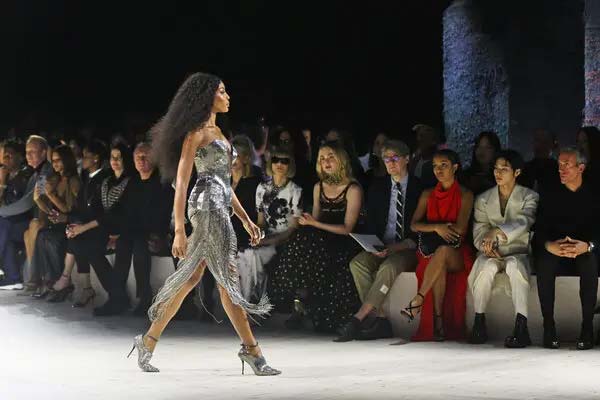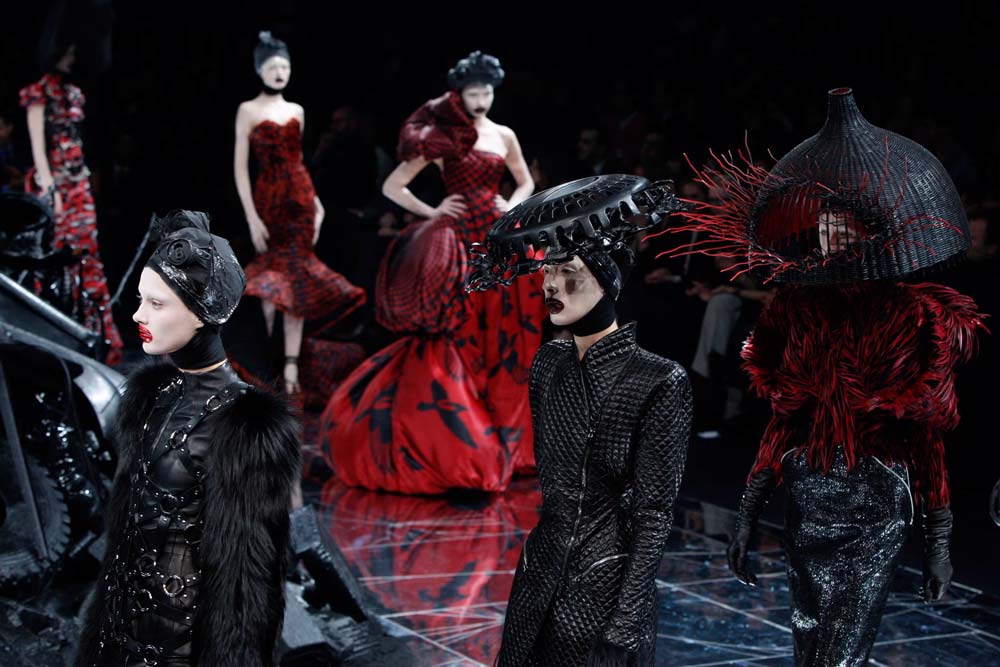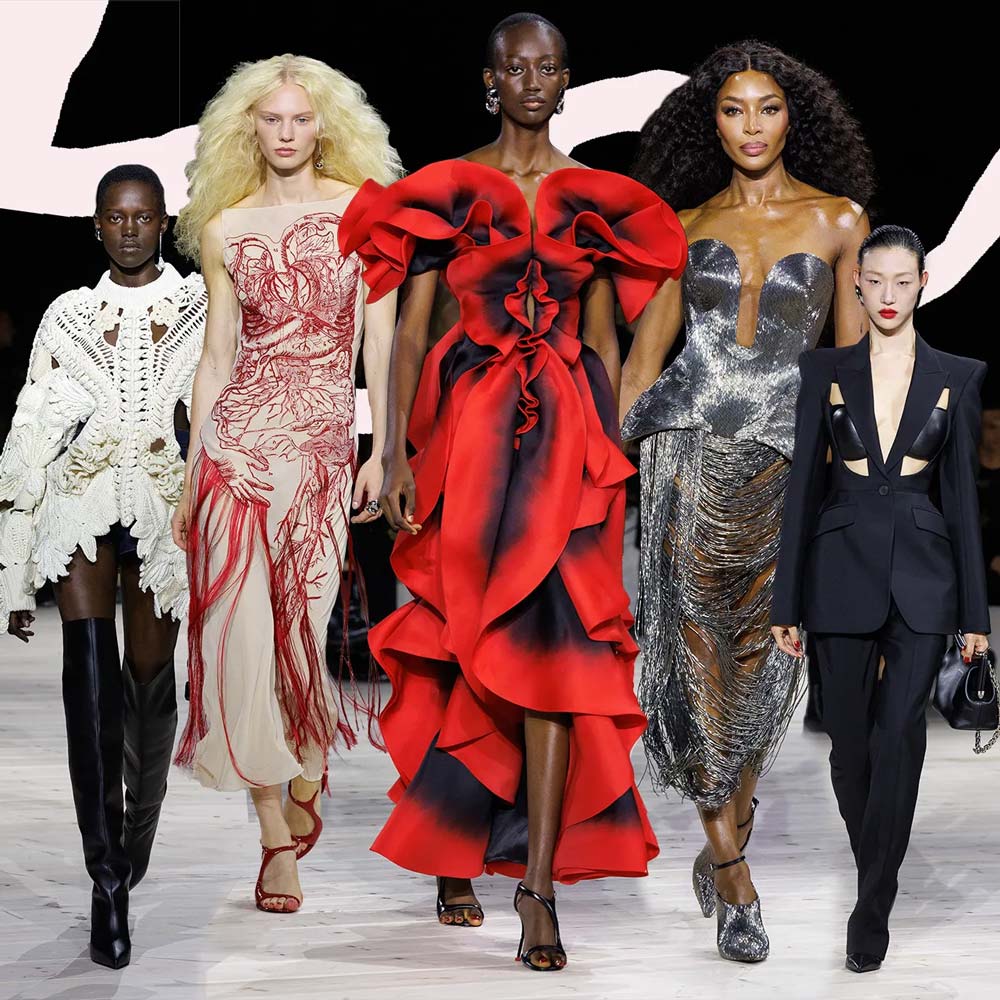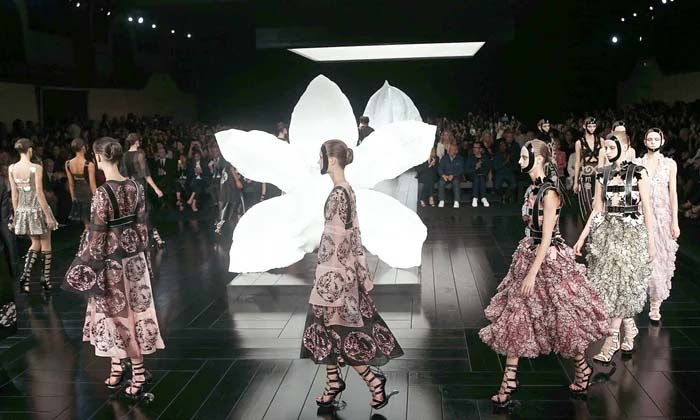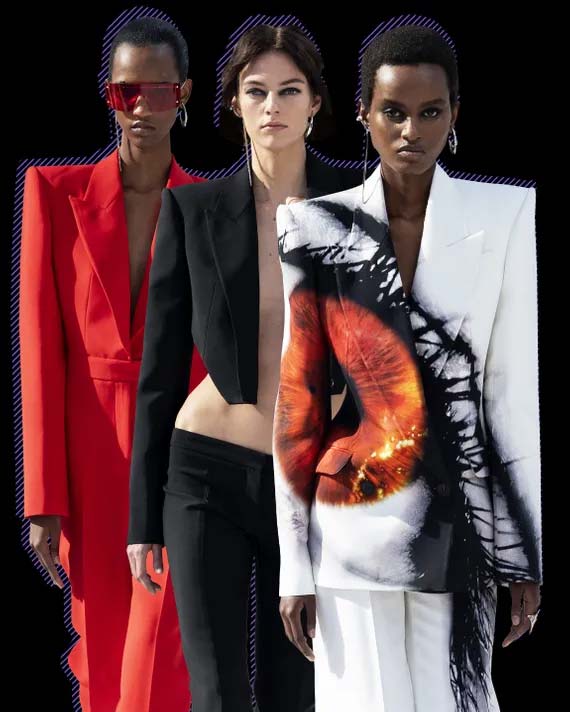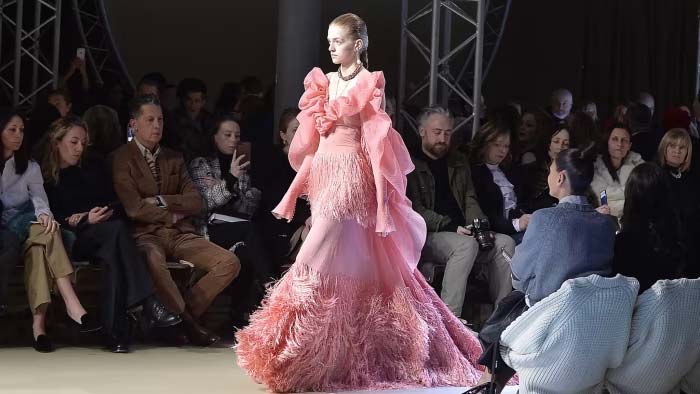Alexander McQueen: Known for His Dark Avant-Garde Designs

Alexander McQueen, a name synonymous with boundary-pushing fashion, is celebrated for his dark, avant-garde designs that captivated the fashion world. Known for his daring and sometimes controversial collections, McQueen became one of the most influential designers of his generation. His work was not just about clothing—it was about art, emotion, and self-expression, all wrapped in an aesthetic that was often described as both beautiful and unsettling.
In this blog post, we will explore McQueen’s distinctive design philosophy, his embrace of dark, avant-garde elements, and the lasting impact of his legacy on the fashion industry.
The Early Life of Alexander McQueen
Born in 1969 in London, Alexander McQueen’s early life was shaped by both hardship and ambition. He grew up in a working-class family, and after leaving school at 16, he began an apprenticeship as a tailor at Savile Row, one of the most prestigious fashion streets in London. This early experience in tailoring influenced his later designs, as he blended traditional craftsmanship with bold, modern, and often provocative aesthetics.
McQueen later studied fashion design at Central Saint Martins, where his graduate collection caught the attention of designer Isabella Blow. Blow became one of McQueen’s early champions and helped launch his career. His work quickly gained recognition for its technical brilliance, emotional depth, and uncompromising vision.
McQueen’s Avant-Garde Approach to Fashion
McQueen’s designs were known for their avant-garde nature, which often combined high fashion with elements of shock, rebellion, and theatricality. Unlike many of his contemporaries, McQueen was not interested in making clothes just for wearability; he viewed fashion as a medium for storytelling, art, and personal expression.
His runway shows were legendary for their theatricality, often incorporating elements of performance art, music, and visual spectacle. McQueen was deeply influenced by the concept of fashion as art, and his shows frequently blurred the line between the two. His designs were not only about the garments themselves but about the entire experience and narrative surrounding them.
Darkness in McQueen’s Designs: A Defining Characteristic
One of the defining characteristics of Alexander McQueen’s work was the darkness that pervaded many of his collections. His designs often drew from themes of death, pain, and the macabre, yet they were imbued with a deep sense of beauty and craftsmanship. McQueen explored complex and sometimes unsettling themes, such as mental health, body image, and societal expectations, using fashion as a platform for commentary.
For example, in his Spring/Summer 1995 collection, McQueen famously sent models down the runway wearing clothing inspired by Victorian mourning attire. His Fall/Winter 1999 collection, titled “No. 13,” featured a model dressed in a black widow’s gown while the show’s atmosphere was darkened by a haunting soundtrack. McQueen’s use of dark, gothic imagery was meant to challenge conventional beauty and provoke thought, forcing viewers to confront uncomfortable topics in a space typically reserved for fantasy.
Iconic Moments in McQueen’s Career
Throughout his career, McQueen delivered collections that shocked and amazed the fashion world, often leaving a lasting impression on the cultural zeitgeist. Some of his most iconic moments include:
- The 1999 “bumster” collection: McQueen pushed the boundaries of fashion with low-rise pants that exposed the top of the buttocks, which became a signature of his style.
- The “Plato’s Atlantis” collection (Spring/Summer 2010): This show featured models walking in armadillo-inspired boots and showcased a futuristic, yet haunting vision of fashion. The collection’s cutting-edge technology and use of digital prints marked McQueen as a visionary.
- Shalom Harlow’s robotic spray-painting dress (Spring/Summer 1999): One of McQueen’s most famous shows featured a performance where model Shalom Harlow stood on stage, while robotic arms sprayed her white dress with vibrant colors. This moment became a symbol of McQueen’s blending of technology, art, and fashion.
These moments, and many more, established McQueen not only as a designer but as an artist whose creations would leave an indelible mark on the fashion world.
McQueen’s Influence on the Fashion World
Alexander McQueen’s influence on the fashion industry was profound and enduring. His combination of artistry, innovation, and dark romanticism changed the way we view fashion. McQueen’s designs often challenged industry norms and expectations, pushing the boundaries of what fashion could represent. He brought high-concept ideas into mainstream fashion, demonstrating that clothing could be a form of art and a vehicle for social commentary.
Furthermore, McQueen’s work demonstrated that fashion could be a powerful tool for personal expression. He used his platform to explore issues like sexuality, gender, and identity, often questioning societal norms. Through his avant-garde collections, McQueen encouraged the fashion world to think beyond the superficial and consider the deeper meanings behind what we wear.
The Legacy of Alexander McQueen: Pushing Boundaries
Alexander McQueen tragically passed away in 2010, but his legacy continues to shape the fashion industry. His work remains a reference point for designers who wish to push boundaries and challenge the status quo. His influence can be seen in the work of many contemporary designers who embrace avant-garde aesthetics and explore dark themes in their collections.
The Alexander McQueen brand, now under the creative direction of Sarah Burton, continues to honor McQueen’s vision. The brand remains a symbol of innovation and rebellion, producing collections that both honor McQueen’s legacy and push the boundaries of what fashion can be.
Conclusion: The Enduring Impact of McQueen’s Avant-Garde Designs
Alexander McQueen was a designer who defied conventions, embraced darkness, and turned fashion into an art form. His avant-garde designs challenged both the fashion industry and society, pushing the boundaries of what was considered acceptable and beautiful. Through his work, McQueen demonstrated that fashion could be a platform for self-expression, a tool for social commentary, and an arena for emotional exploration.
McQueen’s legacy continues to live on in the fashion world, inspiring designers and fashion lovers alike to explore the intersection of beauty, art, and the human condition. His dark, avant-garde designs will always be remembered as some of the most important and influential contributions to the world of fashion.
References
- McQueen, A. (2009) Alexander McQueen: A Fashion Revolutionary. London: Phaidon Press.
- Foster, M. (2012) The Avant-Garde Legacy of Alexander McQueen. New York: HarperCollins.
- Sussman, M. (2015) McQueen’s Art: Fashion, Shock, and the Iconoclast. Paris: Editions de la Mode.
- Wilson, A. (2011) McQueen: The Dark Elegance of Fashion’s Visionary. New York: Rizzoli International Publications.
